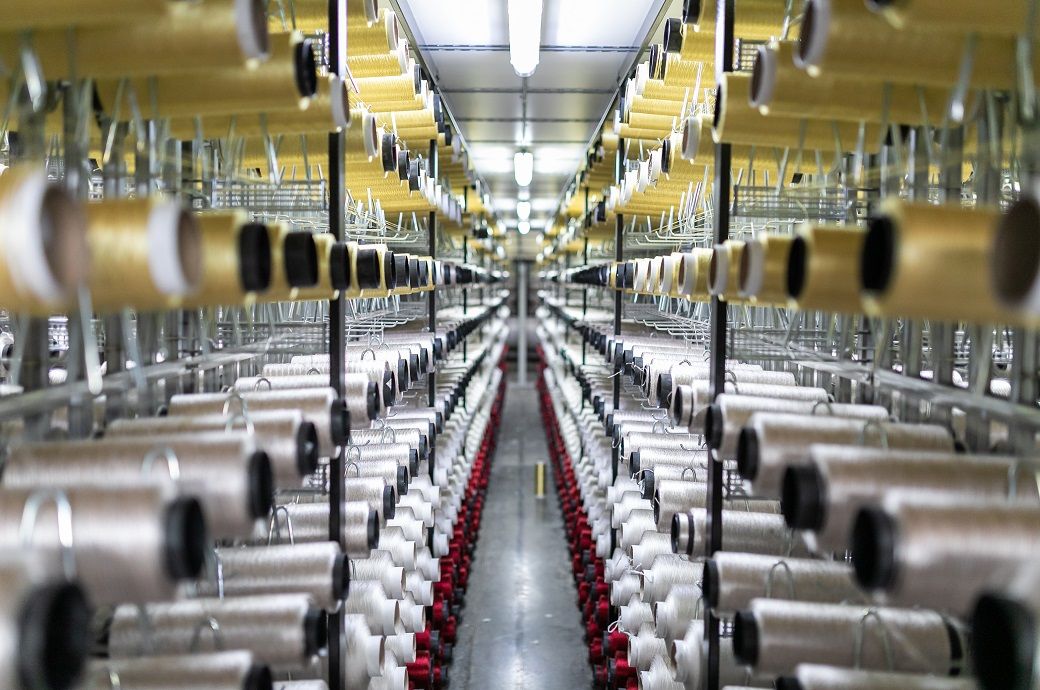Australian industry sees easing contraction amid ongoing challenges

Insights
- The Australian industry's contraction eased in February 2024, with the Ai Group Industry Index improving to minus 14.9 points.
- PMI in February improved by 11.2 points but still indicated contraction at minus 12.6 points.
- Significant gains in new orders and sales indicators hint at a slow recovery.
- The employment indicator deepened into contraction.
Notably, the new orders and sales indicators saw significant improvements in February, reversing the declines seen over the New Year period, though both indicators remained in negative territory.
Price indicators continued to rise slightly, suggesting that inflation in industrial products remains a widespread issue. This ongoing inflationary pressure is reflected in the elevated but slightly eased pricing indicators, maintaining the gap between input and sales prices and indicating sustained margin pressures.
The Australian purchasing managers’ index (PMI) (all manufacturing) also improved by 11.2 points but still indicated contraction at minus 12.6 points. Manufacturers reported a quiet February, with only ongoing large projects making significant contributions.
The employment indicator fell further into contraction to minus 10.1 points, reflecting challenges such as difficulty in hiring skilled personnel, lower customer demand, and uncertainties about future demand.
Despite the contraction in new orders softening, this indicator remained negative at minus 16.4 points. The input volumes indicator also fell, continuing its negative trend since May 2021, except for a brief positive spell in 2023.
Capacity utilisation in the Australian industry slightly decreased to 77.3% in February, continuing a downward trend from the previous year. This historically high level of capacity utilisation still reflects supply-side constraints, particularly in labour supply. However, with improvements in new orders, there is an expectation that capacity utilization may increase in the coming months.
Fibre2Fashion News Desk (DP)
































-Ltd..jpg?tr=w-120,h-60,c-at_max,cm-pad_resize,bg-ffffff)





.jpg?tr=w-120,h-60,c-at_max,cm-pad_resize,bg-ffffff)
.jpg?tr=w-120,h-60,c-at_max,cm-pad_resize,bg-ffffff)






